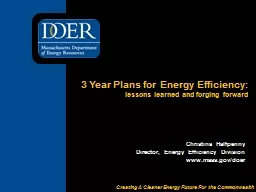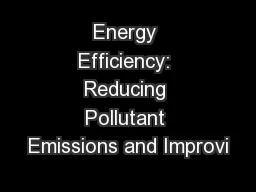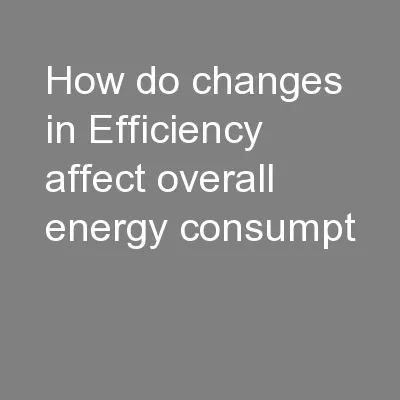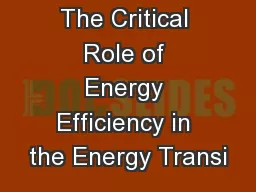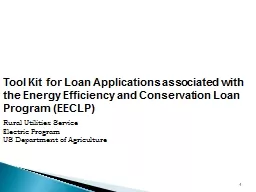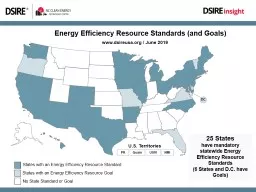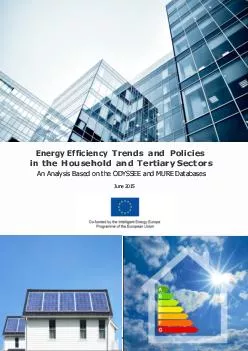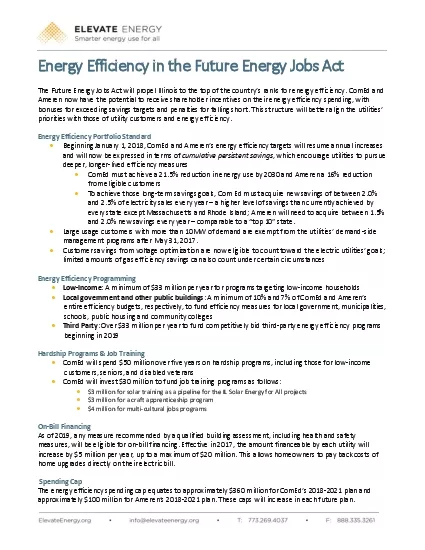PPT-Energy Efficiency in the Developing World
Author : debby-jeon | Published Date : 2018-02-27
Meredith Fowlie UC Berkeley Amol Phadke Lawrence Berkeley National Lab SERVICES S upplyside infrastructure Generation Transmission Distribution Demandside investments
Presentation Embed Code
Download Presentation
Download Presentation The PPT/PDF document "Energy Efficiency in the Developing Wor..." is the property of its rightful owner. Permission is granted to download and print the materials on this website for personal, non-commercial use only, and to display it on your personal computer provided you do not modify the materials and that you retain all copyright notices contained in the materials. By downloading content from our website, you accept the terms of this agreement.
Energy Efficiency in the Developing World: Transcript
Download Rules Of Document
"Energy Efficiency in the Developing World"The content belongs to its owner. You may download and print it for personal use, without modification, and keep all copyright notices. By downloading, you agree to these terms.
Related Documents


